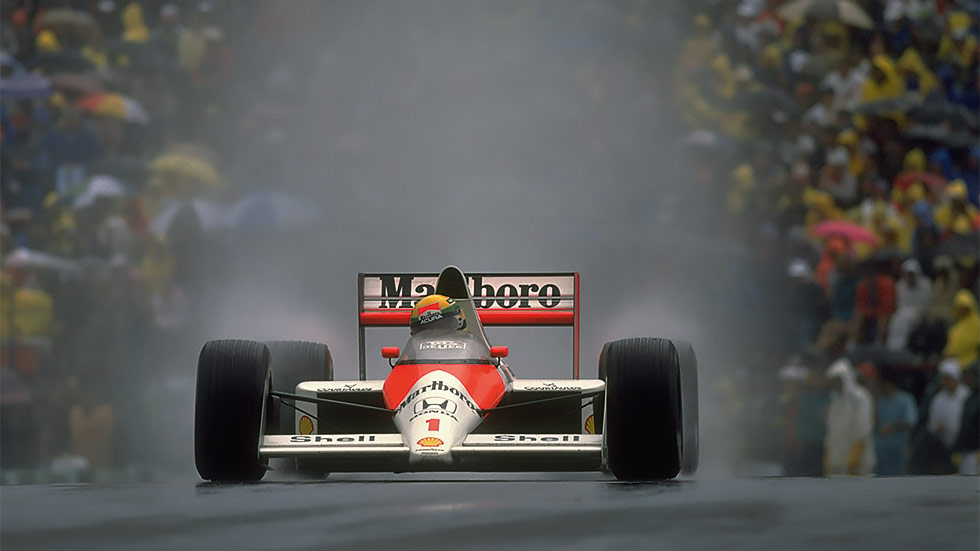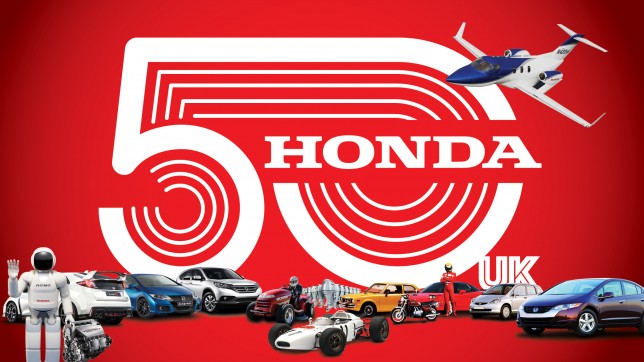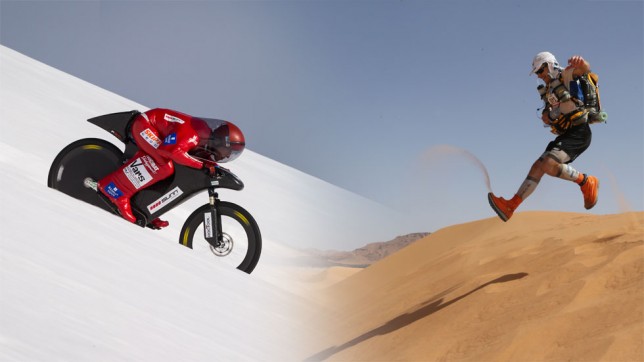Between 1988 and 1992 the McLaren-Honda team won eight world championships and 44 races, as well as claiming 53 pole positions. The sport had never seen such dominance. So, in 2014, get ready the pinnacle of motorsport – an extreme environment that rewards innovation, engineering precision and efficiency.
The company has a rich history in the sport, having won many world championships as an engine supplier in the past. A radical new rule change from 2014 means that it will return and re-form the celebrated McLaren-Honda team that so dominated the sport in the late 1980s and early 1990s. Racing at F1 level will serve to improve engine technology for Honda and ultimately benefit customers the world over.
‘Without racing there is no Honda,’ said company founder Soichiro Honda. He held a strong belief that motorsport was an unparalleled training ground for engineers and technicians, and furthermore nurtured a strong ethic of teamwork.
That’s why racing on two wheels or four has always been a core activity for Honda and continues to inspire the company to make new discoveries and to further refine existing technology.
The Grand Prix adventure: 1964-1968
Honda’s first foray into Formula One was in 1964, just two years after producing its first road car. It was a bold move and made even more impressive by Honda being a complete constructor – building both the car and the engine – a feat that’s still very rare, even today.
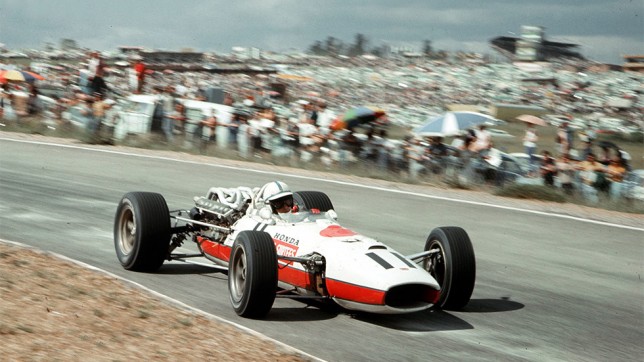
British driver John Surtees winning the 1967 Italian Grand Prix in the iconic Japanese racing white RA300 race car
In just the second year of this adventure, the company won its first F1 race – the 1965 Mexican Grand Prix. More success followed, with British driver John Surtees winning the 1967 Italian Grand Prix in the iconic Japanese racing white RA300 race car.
The golden era: 1988-1992
A long hiatus followed, but Honda’s competitive spirit meant a return to F1 was inevitable. In 1983 the company began to supply engines to the Spirit team, and the following year it also powered Williams Grand Prix cars.
In 1986 the Williams-Honda team won nine races and the Constructors’ World Championship, repeating the feat in 1987 with the addition of claiming the Driver’s title with Nelson Piquet.
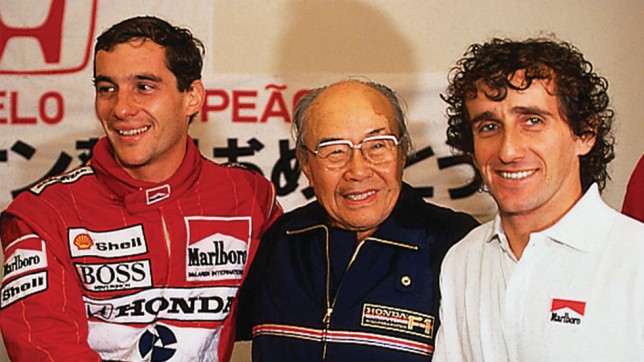
The McLaren-Honda MP4/4 won 15 of the 16 races in 1988, driven by Ayrton Senna and Alain Prost, here with Soichiro Honda
For 1988 Honda partnered with McLaren to build arguably the greatest Grand Prix car of all time: the McLaren-Honda MP4/4. Incredibly, it won 15 of the 16 races held that season, driven by the mercurial Ayrton Senna and the supreme Alain Prost.
It was the start of something special – between 1988 and 1992 the McLaren-Honda team won eight world championships and 44 races, as well as claiming 53 pole positions. The sport had never seen such dominance.
The Honda Racing F1 Team
Having supplied engines to the BAR team from 2000 to 2005, Honda returned to F1 as a constructor in 2006.
The Honda Racing F1 Team and its drivers Jenson Button and Rubens Barrichello would go on to secure some strong results in the next three seasons. These included a race win in Hungary and podiums in Brazil, and at the British Grand Prix.
Next year and beyond
From 2014, F1 switches its focus from large, high-revving engines, that have little in common with road-car engines, to 1.5-litre direct injection and turbocharged petrol engines.
Even more fascinating is the crucial Kinetic Energy Recovery System (KERS), which scavenges power from heat generated during braking, stores it in batteries and then uses it to provide power to an electric motor for a performance boost.
This hybrid approach shares much with Honda’s current Integrated Motor Assist (IMA) system. These developments ensure that F1 is once again the best proving ground for breakthrough technologies and a place where Honda needs to compete. In 2015 the McLaren-Honda relationship – which dominated F1 so completely from 1988 to 1992 – returns to F1.
Jenson Button on McLaren-Honda
When McLaren driver Jenson Button talks about Honda’s return to the sport, he speaks with sincerity and a palpable sense of excitement. ‘I grew up watching McLaren-Honda cars racing and winning around the world,’ he begins. ‘They wrote their own glorious chapter of Formula One history. Even now, picturing those red-and-white cars evokes vivid memories.’
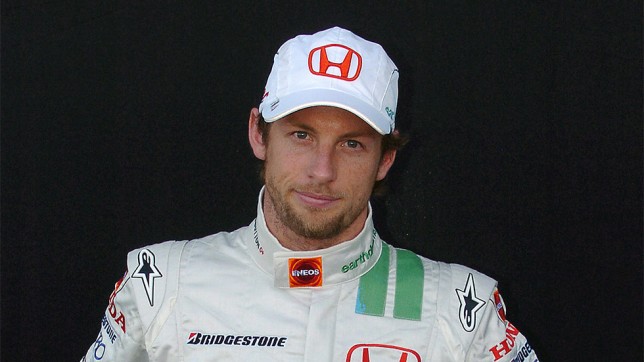
Jenson Button has a long-held appreciation for Honda, and was an F1 works driver for Honda from 2006 – 2008
Button’s relationship with Honda goes back ten years. ‘I first raced an F1 car powered by a Honda engine in 2003,’ he explains. ‘I was a works Honda F1 driver between 2006 and 2008, winning my first grand prix in Hungary in 2006 in a Honda F1 car. I know how passionate Honda is about motorsport.’
Clearly, Button is delighted to be at the centre of Honda and McLaren rekindling their famous relationship, and perhaps providing him with a car strong enough to claim his second world championship.
‘Honda has always treated F1 as a platform for world-beating technical innovation,’ he says. ‘It’ll relish the opportunity once again to showcase the technicians’ unparalleled engineering prowess on a global sporting stage.’ The twinkle in Button’s eye suggests he’s confident he’ll be part of a glorious new chapter of F1 history with Honda.



